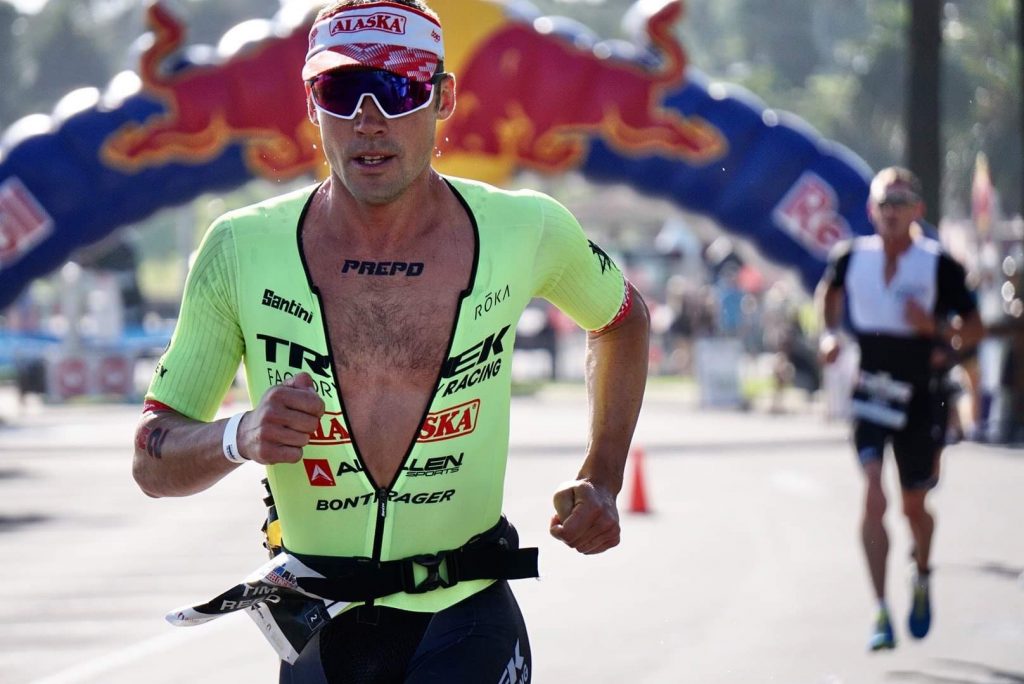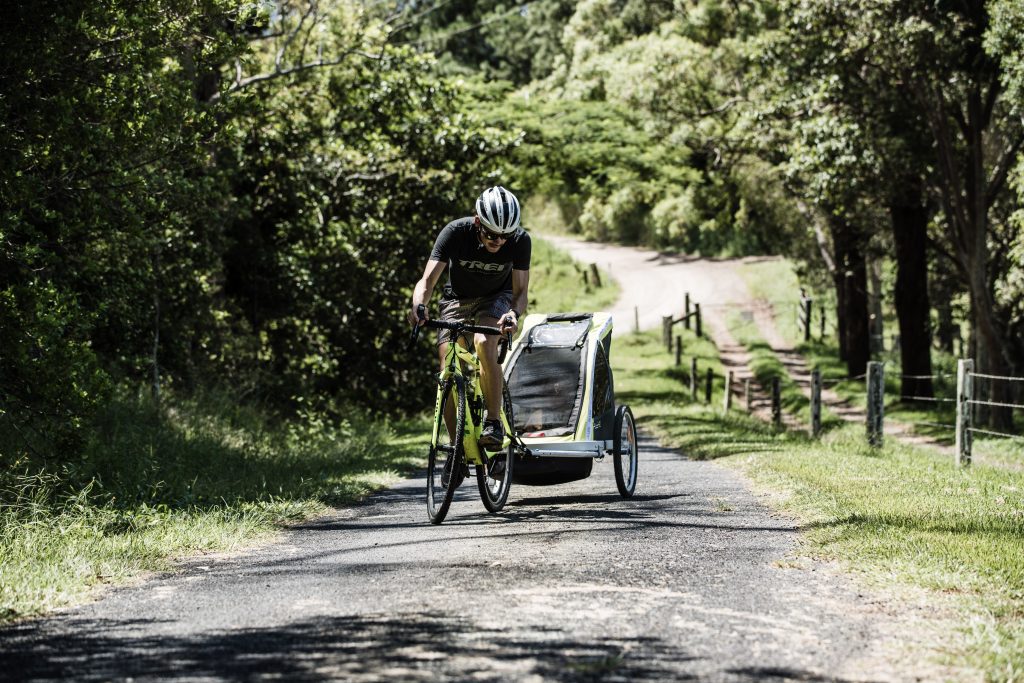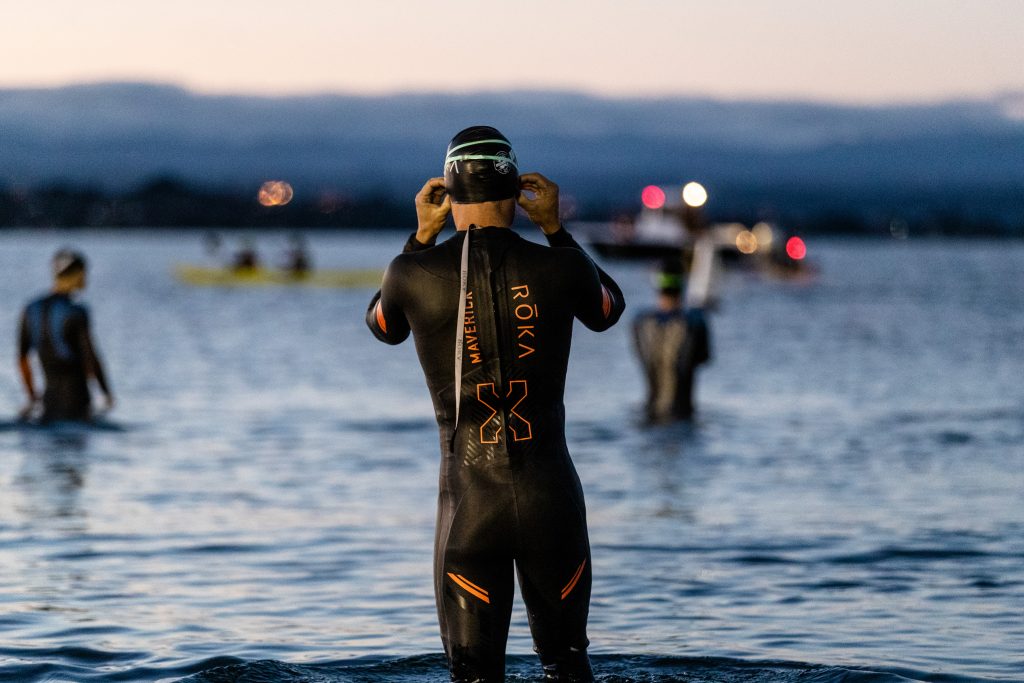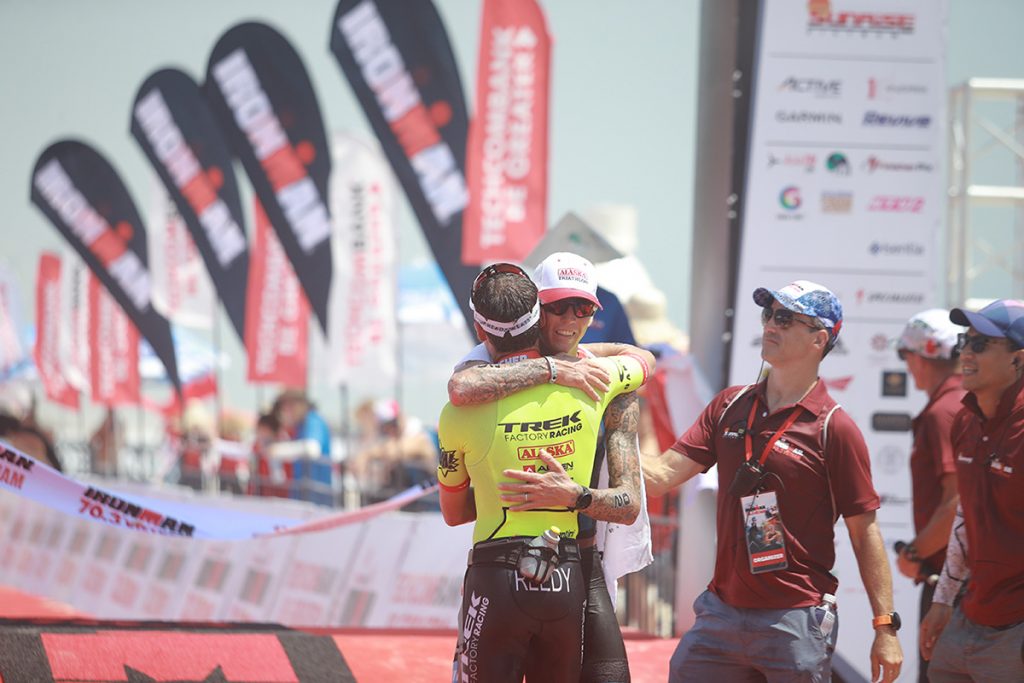Many aspects of sport suddenly seem very trivial at a time like this. Winning, championships, debates over rules, professional prize money and pay disputes fade into nothingness when compared to mass unemployment, overwhelmed hospitals and the horrific numbers of deaths. And yet the fundamental elements of our sports, exercising and training, takes on a new importance in mitigating what is likely to become an overwhelming mental health crisis.
I’m certainly not pretending to be a self-help guru. There are some pretty lost moments every day as I adjust to a life based around homeschooling my kids, far less training endorphins and a significant reduction in income. I’m also very aware that especially as athletes go, I’m in the lucky few who have some base income and a partner still employed. I can only start to imagine the reality of many other people’s situations. However, regardless of how good or dire somebody’s situation is, take away their sense of purpose and it can turn into a rapid downward spiral.
Given the vast majority of readers of this blog will be or were actively involved in endurance sport, perhaps partly to enjoy that daily sense of simple purpose that training provides, I’ve put forward some suggestions to help your planning on how to go about this lull in racing.
For the super fit, It’s okay to lose some fitness. In fact, it’s probably wise.
By super fit, I’m referring to the athletes that train multiple times per day and truly push their body to serious levels of fatigue for their chosen sport. In other words serious triathletes, cyclists and runners. For most people who are relatively young, fit and healthy, statistics are in your favour that you should be able to fight off COVID-19 without serious complications and hospitalisation.
Being fit and healthy certainly involves training but there is a tipping point where training a lot compromises your immune system, making you susceptible to medical conditions that could put you at far greater risk if you become infected with COVID-19. Taking myself as an example, a flare up of my asthma is the first sign I’m overreaching in training and pushing the body too hard with too little recovery. Now, more than ever, is a time to avoid coming down with a chest infection or other ailment that could put you at much greater risk of complications should you contract this wretched virus.
Image Credit- @koruptvision.
Make a plan and get back your sense of purpose
As I mentioned, many people are going through absolute hell right now and offering some guidance around finding some purpose in training might seem really poorly timed, but I’ve hung out with endurance athletes for 15 years and know that many people are drawn to these sports as part of controlling and managing mental health issues. So the motivation is primarily for that reason rather than because I care about how you will perform once events are back in full swing. In fact, to be brutally honest, while people close to you care about your health and happiness, it’s unlikely anyone except your coach and yourself care about the current status of your athletic fitness. Perhaps that’s why your friends always seem distracted while you’re detailing how amazing you were in your last training session.
It’s tricky to make a plan when you’re not sure when the next race will be, but this break in racing also offers a very unique window of time that most of us who compete a lot ordinarily wouldn’t have. Ironically, at a time when affording a coach might be tough, it could also be the most important time to have that guidance and support. Even if the plan involves greatly reduced training and creating a conservative to do list you want ticked off each day or week, this can provide goal orientated athletes that much needed feeling of daily accomplishment we’re accustomed to. How to maximise the time ahead is obviously hugely individual depending on the athlete, but below are a couple of very general examples to give you some ideas of potential directions you could head in.
The developing athlete…
Whether you’re a younger aspiring pro or amateur athlete in the first 5-10 years of endurance training, keep on building that aerobic base! Yes, I know 5 to 10 years is a big training time range, but there is a strong argument that you could never have too much of an aerobic training foundation. A time without racing means you can move more away from higher intensity sessions necessary to build to peak race fitness and instead lay down several months of very consistent predominantly aerobic intensity training. Behind every great athlete in endurance sports is typically a decade or more of consistent aerobic conditioning.
An important lesson I learnt from my time working under Matt Dixon is that aerobic base training doesn’t have to be crazy long, super easy sessions. It’s about putting together a very consistent block of predominantly aerobic training where days build into solid weeks and weeks build into solid months of work that pay huge dividends when you start your progression to peak race fitness.
In short, you’re chasing an aerobic training load that is very absorbable and doesn’t hit a peak and plateau like when you’re doing many more race specific and higher intensity sessions. I won’t go into the many physiological benefits of this lower intensity type of training but here is a good article by Iñigo San Millián, PhD that summarises it well.
Another potential inclusion to your non-racing plan ahead could be to focus on improving your fat burning ability and reducing your reliance on glycogen stores at sub threshold intensities. Becoming more metabolically flexible is considered very important by many coaches for athletes competing in events over 2-3 hours. I won’t go into the various ways an athlete could stimulate an improvement in their ability to use fat for fuel but regardless of the method/s the adaption process can be quite stressful on the body for the more carb dependent athlete and very tricky to incorporate during a race specific build. Now could be the perfect time to reduce the weekly training stress, focus on lower intensity sessions and work on teaching your body to use fat for fuel more effectively.
The very experienced pro or veteran amateur..
For those that have trained and raced themselves ragged over many years, the months ahead offer a time to really refresh, wind back the aerobic volume significantly and let the body truly recuperate. Perhaps a window of opportunity to focus on aspects of their performance that might otherwise fall by the wayside. Wind down the discipline or aspect of your sport that is already a great asset, that you know you can get back to full strength quickly once events are officially back on and spend more time focused on your athletic weaknesses.
For triathletes a prime example is backing off the run to a much reduced load to allow greater focus and recovery from your bike sessions or vice versa. When reflecting on great performances at the Ironman World Championships there are many examples in the pro ranks where athletes who’ve had extended breaks or drastically reduced volume on the run come out in incredible cycling form and get on the podium and even take the win.
Getting creative with sessions at home. Driveway strength repeat with child in tow. Image Credit- @koruptvision
Strength work
While important for all athletes, using this time to integrate some strength training should be a real focus for older athletes where strength maintenance and gains becomes more challenging as the body’s natural production of hormones are not what they once were. There is definitely no shortage of strength workouts you can do at home being thrown up on the web with a minimal amount of equipment so the excuse of closed gyms is not a convincing one.
Technique
Taking out some of the high intensity sessions while also spending much more time at home can mean short technique focused sessions where you really focus on correcting bad habits and greatly improve your efficiency or maybe reduce your chance of injury. Band exercises for the swim if you don’t have access to real swimming, a dash of minimalist footwear running (high risk for injury, proceed with caution and get good advice on how to progress this safely) or perhaps honing in your bike position, I’m sure fitters will be keen on conducting video fits if you contact them. Just a few of the many ideas of how to use the time ahead to work on form, technique and efficiency.
Time for something different
Of course, this blog focuses on training but for athletes like myself who’ve had to be quite selfish at times or travel extensively for work and to reach athletic goals, this could be the time to reel that in and be of much greater support at home and spend a lot more time with family. I won’t divert down this path too much in case my wonderful wife reads this and starts raising her expectations to even higher levels. There is now also the breathing space from impending races to maybe take on another hobby you’ve thought would be cool to try for some time but never found the time. Or use some of the reduced training time to help other people in need during this strange and difficult time.
Being present in your sessions
Here comes the Byron Bay hippy dribble but perhaps that dribble might be of more use than ever. I’ll admit it can be a struggle to quieten the mind when laying still or seated as the zen gurus instruct. Perhaps this is meditation blasphemy, but try practicing mindfulness techniques including focused diaphragmatic breathing while doing a very easy ride, jog or walk. Then try and transfer that skill to when you’re lying or seated. I find the calming monotony and simplicity of the above exercises allows my mind to settle and then I can really zone in on very little.
Image Credit- @koruptvision
Stay well and help others stay well
One of the most bizarre aspects of this pandemic is that a time when people need more emotional support than ever we are robbed of our innate tools for comforting others. However, while we can’t throw around hugs we can all take the time to make a phone call to someone who has had their life drastically changed in recent weeks or who might really struggling with this new level of social isolation. Personally, I’ve been blown away by people reaching out to check in and have a chat and it’s inspired me to do the same for others. Thankfully we can still be more connected than ever, despite physical isolation.
We don’t know when, but racing will return so in the meantime, sport and your training can still play a crucial role in staying mentally healthy. Make a plan and get back your sense of direction.
Image- Ironman 7o.3 Vietnam




 Please contact:
Please contact: